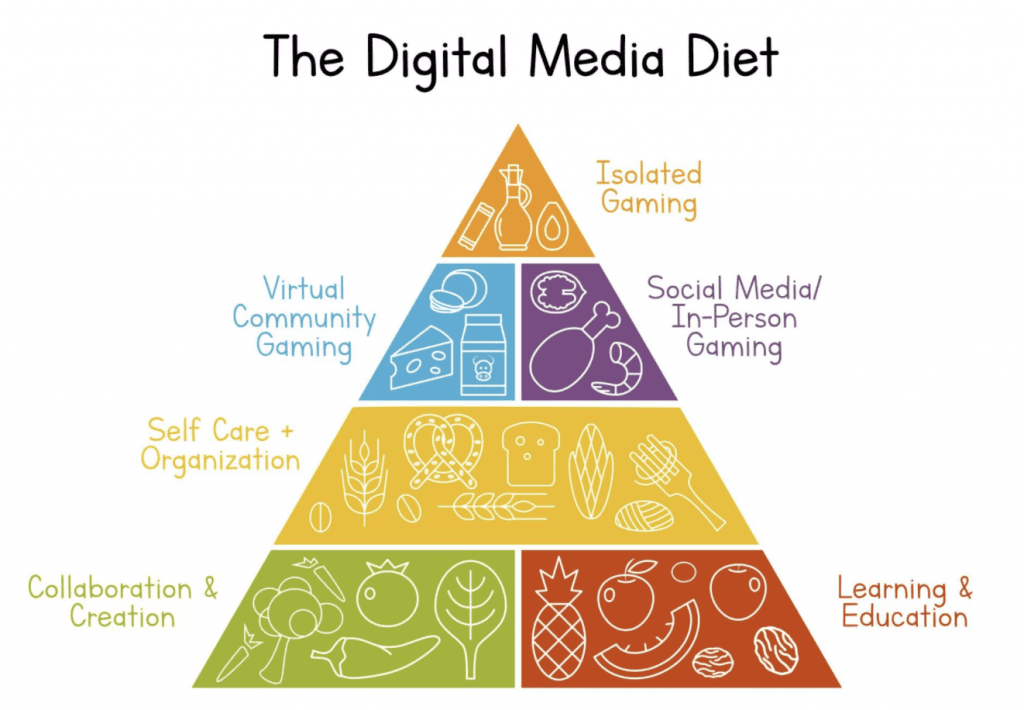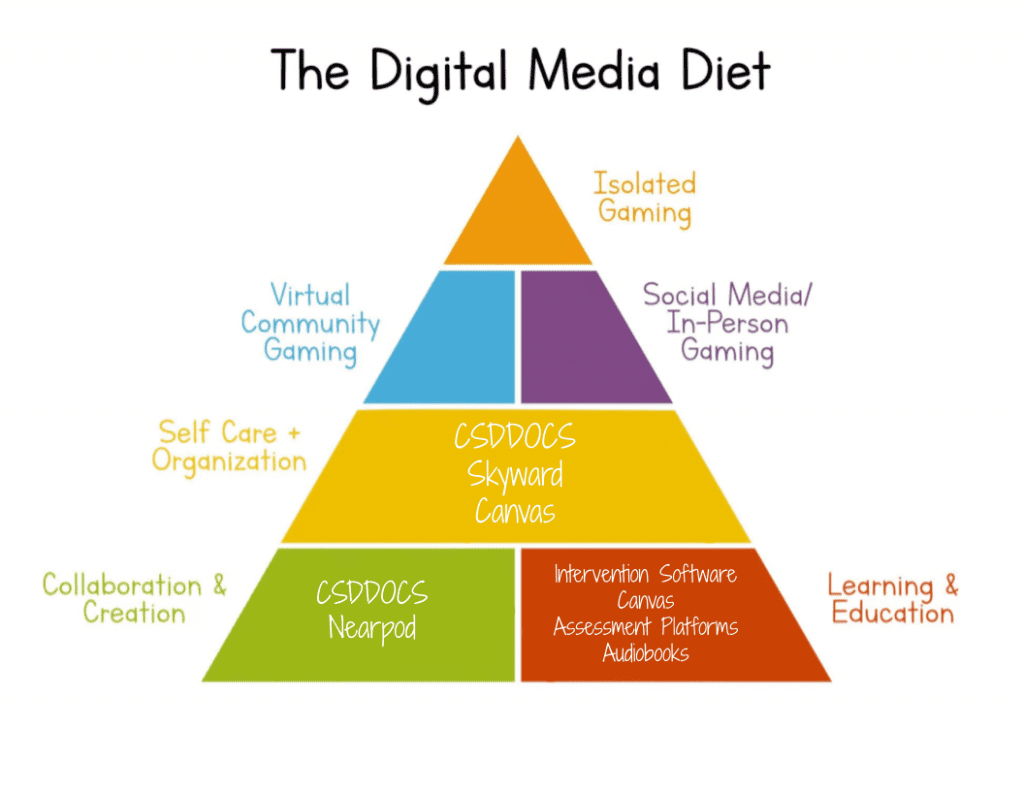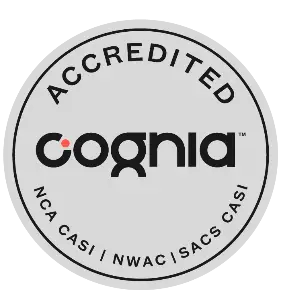 As students start back to school for the 2021-2022 school year, seven grades will do so with our 1:1 Chromebook instructional devices. This site contains resources to support students and families in maintaining digital wellness.
As students start back to school for the 2021-2022 school year, seven grades will do so with our 1:1 Chromebook instructional devices. This site contains resources to support students and families in maintaining digital wellness.
Cyberbullying
Digital Citizenshiip
Privacy, Filtering, and Security
Screen Time
Media error: Format(s) not supported or source(s) not found
Download File: https://www.canyonsdistrict.org/wp-content/uploads/2021/08/yt5s.com-5-Ways-to-Stop-Cyberbullying-1.mp4?_=1- District Bullying Resources
- KnowBullying App
- SAFEUT is designed to help students anonymously report any threatening behavior that endangers them, their friends, family, or the community.
ADDITIONAL RESOURCES
- A Parent’s Guide to Cyberbullying from Connect Safely
- Standing Up to Cyberbullying: Top Ten Tips for Teens from Cyberbullying Research Center
- Bullying, Harrassment, and Internet Safety Resources for Parents from Colorado School Safety Resource Center, Department of Public Safety
Media error: Format(s) not supported or source(s) not found
Download File: https://www.canyonsdistrict.org/wp-content/uploads/2021/08/WhatIsDigitalCitizenship_2017.mp4?_=2Digital Citizenship
Every year, all students and employees of Canyons School District are instructed concerning the responsible use of technology devices, the district network, and online etiquette. In order to use district supplied technology devices and gain access to the district’s computer network each year, all students and employees of Canyons School District are required to sign an acceptable use agreement. This documents the users understanding of, and willingness to comply with district policies as outlined therein. Access to school and district networks and digital resources is a privilege. Any user who is found to be in violation of district technology guidelines or agreements is subject to the Canyons School District disciplinary policies.
Filtering Information |
|
Management Systems |
|
You can find more resources here – https://www.canyonsdistrict.org/scc-digital-citizenship/
Media error: Format(s) not supported or source(s) not found
Download File: https://www.canyonsdistrict.org/wp-content/uploads/2021/08/5-Signs-Your-Kid-Has-a-Healthy-Relationship-with-Screens.mp4?_=3Screen Time
Not all screen time is created equal. There’s a big difference between an hour spent playing video games and an hour spent learning vocabulary from a smartphone app or composing music online.
That’s not to say that everything has to be stamped “educational” to provide an enriching experience. With any screen media you choose for your kids — movies, games, TV shows, and apps — you want to look for how it engages your child. And, although there’s nothing wrong with a little mindless entertainment, you can maximize your kid’s screen time if you consider the “four C’s.”
Connection. It’s really important that kids connect on a personal level with what they’re watching, playing, or reading. Are they engaged? Engrossed? Maybe even enlightened? Getting into a story line or identifying with characters primes kids for more learning.
Critical thinking. Look for media that takes a deep dive into a topic, subject, or skill. Maybe it’s games in which kids wrestle with ethical dilemmas or strategize about bypassing obstacles. Rote quizzing and simple Q&A-style games may be fun and seem educational, but they may not help kids find deep or long-lasting meaning.
Creativity. An important feature of many great learning products is the ability for kids to create new content — a new level for a video game or a song, for instance. Kids can feel more ownership of their learning when they get to put their own spins on the experience.
Context. Help your kids understand how their media fits into the larger world. For younger kids in particular, the discussions and activities surrounding games or movies are key. Being with kids while they play or watch, asking questions about what they’re taking away, and doing related offline activities can extend learning.
The American Academy of Pediatrics encourages healthy media habits through the creation of a personalized Family Media Use Plan. A plan can include: Screen Free Zones, Screen Free Times, Device Curfews, Safety expectations, and more. Here are 3 templates to help get you started:
Common Sense Media also provides Family Media Agreement and Device Contracts which highlight a healthy media diet:
- What kids do.
- How much time they spend doing it.
- Age appropriate content choices.
Printable Family Media Agreement from Common Sense Media
Finally, the Family Online Safety Institute provides a Family Online Safety Agreement that families can print and review together.

Just as there are different food groups with varying levels of nutritional value and recommended daily servings, so too are there differing levels of screen time and amounts that should be “consumed.” Some foods like fruits and vegetables (or screens used for education, collaboration, creation, and organization) are better for us than other foods such as sugary snacks or junk food (mindless video games or passive movie watching).
Kids are spending more time with screen media — and at younger ages — than ever before. In an effort to help families curb kids’ use, groups such as the American Academy of Pediatrics (AAP) and the World Health Organization (WHO) have released numerical guidelines to limit screen time, but the reality is there’s no magic number that’s “just right.” What’s more important is the quality of kids’ media, how it fits into your family’s lifestyle, and how your kids engage with it.
The idea of screen time as a one-dimensional activity is changing. Even the AAP, whose screen-time rules had been strictly age-based, recognizes that not all screen time is created equal. Computers, tablets, and smartphones are multipurpose devices that can be used for lots of purposes. Other the other hand, WHO is sticking with specific amounts of screen time on the theory that sedentary activities, such as playing computer games, contribute to the global obesity epidemic. However, simply calling all device use “screen time” can miss some important distinctions. Common Sense Research studies identify four main categories of screen time:
- Passive consumption: watching videos or shows, reading, and listening to music
- Interactive consumption: playing games and browsing the internet
- Communication: video-chatting and using social media
- Content creation: making digital art or music
Clearly, there are a lot of differences between these activities. But as valuable as many of them can be, it’s still important for kids’ overall healthy development to balance their lives with enriching experiences off screens. These tips can help:
- Pay attention to how your kids act during and after watching TV, playing video games, or hanging out online. There’s no need to worry if they’re using high-quality and age-appropriate media, if their behavior is positive, and if their screen time is balanced with plenty of healthy screen-free activities.
- If you’re concerned about heavy media use, consider creating a schedule that works for your family. This can include weekly screen-time limits, restrictions on the kinds of screens kids can use, and guidelines on the types of activities they can do or programs they can watch. Make sure to get your kids’ input so the plan teaches media literacy and self-regulation, and use this as an opportunity to discover what they like watching, introduce new shows and apps for them to try, or schedule a family movie night.
The AAP ‘s guidelines, released in October 2016, allow some screen time for children younger than 2 and emphasize parental involvement for all kids. In a nutshell:
- Avoid using screen media for anything other than video-chatting for children younger than 18 months.
- Find high-quality programming for children 18 to 24 months (if you choose to introduce media), and watch or play together.
- Limit screen use to one hour per day of high-quality programs for children age 2 to 5 years.
- Create a family media plan with consistent rules, and enforce them for older kids.
The reality is that most families will go through periods of heavy and light media use, but so long as there’s a balance, kids should be just fine.
Research overwhelmingly suggests that how you use the device has the greatest impact on instruction and potential impacts on students. Activities should directly correlate to learning objectives and standards. Additionally, activities that include collaboration, critical thinking, and incorporate student creativity and ownership have a greater impact on the depth of understanding.
We also know that technology allows students at all instructional levels to be challenged and to have opportunities for success and growth to be measured. Below are some of the digital activities that students in Canyons School District engage in.

Canyons School District has implemented the following practices to maximize research-based benefits and minimize lower level isolated consumption activities:
- Limit Apps on the Device Students and teachers do not have access to add any app they want. The App Store has been removed from student devices. Teachers must submit a app request on the LearnPlatform before it can be added to student devices. A teacher’s request must include specific learning targets and how the app connects to the CSD Instructional Priorities. “Skill and drill” apps that increase screen time but do not connect to these high-level experiences are not approved for student use.
- Evaluation of Curricular Apps and Subscriptions Apps and subscriptions and publisher resources provide district and classroom level analytics. This data is used to evaluate app usage and correlation to changes in assessment data. Apps that do not contribute to student growth are removed or subscriptions are terminated.
- Digital Citizenship and Responsible Use No longer is digital citizenship and responsible use just a single isolated lesson. As online collaboration and publication become common practice in classrooms, discussions, and expectations become part of the classroom culture and practices.
- Teacher Professional Development The district has Instructional Coaches in every school. These coaches work with teachers to develop lessons focused on learning targets that increase the depth of understanding through activities that increase students’ ownership, collaboration with other students and critical thinking. The coaches also facilitate the district’s digital teaching and learning plan, focusing on 21st Century instructional practices that provide opportunities and experiences previously unavailable prior to student devices. Good instruction is the focus, not devices or apps. Regular data is collected as to the type of instruction, depth of understanding level, and student engagement for activities using technology and without. Teachers use this data to improve instruction and student engagement.

